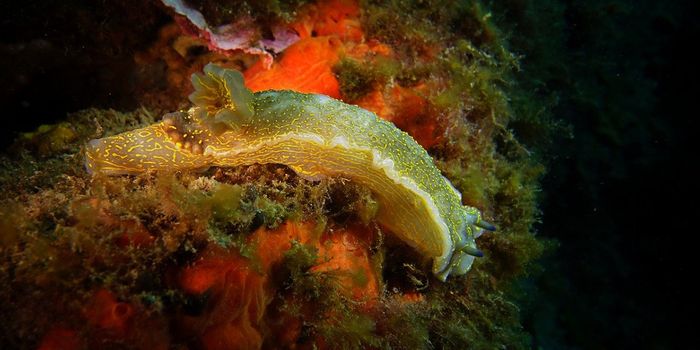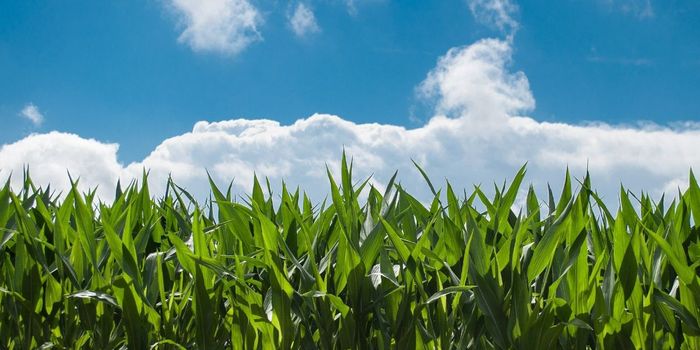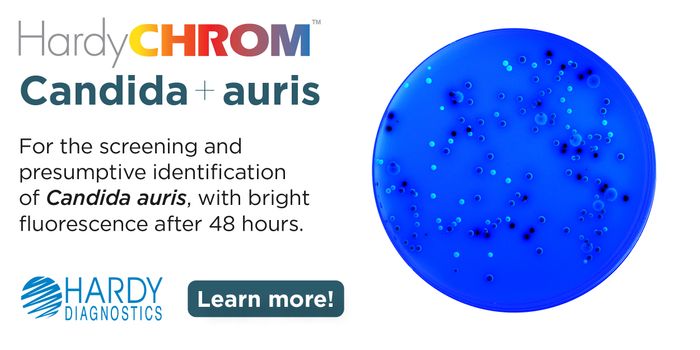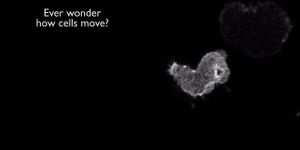As summer heats up, you've probably noticed more fireflies in your backyard. These creatures are most visible at the dusk twilight hours with their characteristic bursts of yellow flashing lights. But how does an animal create light?
The process is known as bioluminescence and it refers to chemical reactions within the organism that produce light. The reaction requires two chemicals: luciferin (the substrate) and either luciferase or a photoprotein (the catalyst). Luciferin is the protein responsible for the glow, and luciferase is the enzyme that makes the glow visible. The different hues of the glow - yellow in fireflies, and green in lanternfish - come from the chemical arrangement of luciferin.
Bioluminescent organisms are most abundant in the ocean, and they include some fish, jellies, and dinoflagellates. On land, bioluminescent organisms are limited to lightning bugs and fungi.
In some cases, the bioluminescent trait acts as a defensive adaptation to confuse attackers. But the trait can also be an offensive strategy to lure in preys. Still, some animals use their glow as a reproduction strategy. For example, when you see a firefly glow, it's usually a male bug signaling to females that they're interested.








